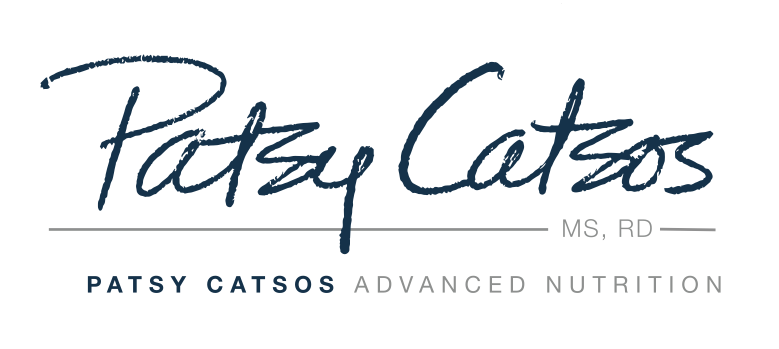Fiber is a good thing, right? Yes, in general, although some fibers aren't well-tolerated by some people with IBS. Still, your low-FODMAP diet needn't be low in fiber. In addition to eat three servings of low FODMAP fruit per day and plenty of low FODMAP veggies, here are some good fiber sources suitable for a FODMAP-elimination diet:
Low-FODMAP fiber dos and don'ts. Quinoa is a good low-FODMAP source of fiber.
brown rice and brown rice products
rice bran (2 tablespoons)
cornmeal/polenta
oatmeal (1/2 cup cooked)
oat bran (2 tablespoons)
quinoa
potatoes (especially with skins)
low-FODMAP vegetables and fruits
nuts and nut butters (one small (closed) handful or 2 tablespoons--no cashews or pistachios)
seeds and seed butters (one small (closed) handful or 2 tablespoons)
canned, drained, lentils and chick peas (1/2 cup)
chia seeds, whole or ground (2 tablespoons)
tempeh (3 ounces)
authentically made whole wheat sourdough bread
How much fiber is enough? We could talk numbers, but why focus on something that might add to your stress level if you can't make the target? Sure, fiber is good for you. But too much of a good thing is not, if it causes you miserable gastrointestinal symptoms. I usually tell my patients to simply eat as much naturally fiber-rich, low-FODMAP food (such as those listed above) as they can tolerate.
I don't recommend processed foods with most types of added, isolated food fibers for people with IBS who are following low-FODMAP diets. These are common causes of IBS symptoms. Examples of these isolated food fibers to avoid are inulin, chicory root, chicory root extract, beet fiber, corn fiber, soy fiber, citrus fiber and other ingredients that are added to food to boost up the fiber content. Gluten-free breads and baked goods often have added fibers because they would be otherwise poor fiber sources. If the marketing message on the front of the package says, "Now, with more fiber!" be sure to read the fine print of the ingredients section. Some of these are known to be high in FODMAPs; the FODMAP status of others is unknown. Gums (like acacia or partially hydrolyzed guar gum) are considered low-FODMAP fibers, so no need to avoid them.
What about fiber supplements? I discourage changing, stopping or starting fiber supplements during the elimination diet process. Sometimes, if constipation doesn’t improve as much as hoped on the first few weeks of the elimination phase, it is helpful to add one. In that case, I tend to recommend those made of psyllium husk, starting with a very small serving and increasing slowly over time. Other good candidates are acacia gum or fiber and partially hydrolyzed guar gum. Avoid fiber supplements made of inulin, which is an out-and-out FODMAP.
Revised August 3, 2020.
This page may contain affiliate links. We are a participant in the Amazon Services LLC Associates Program, an affiliate advertising program designed to provide a means for us to earn fees by linking to Amazon.com and affiliated sites.

